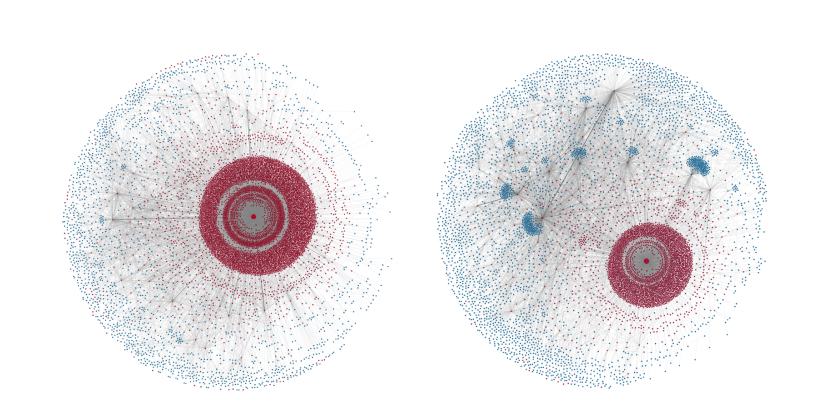Demival Vasques Filho
Time and Place: Friday, 02.07., 10:55–11:15, Room 1
Session: Networks and Power
Keywords: Portuguese empire; Correspondence networks; Social networks; Natural language processing
The history of the early modern Portuguese colonial empire has been debated over the last decades in the Luso-Portuguese academia. The characterization of the empire as based on political dependence of the periphery on the metropolis, widely propagated in the historiography of the second half of the twentieth century, is being currently contested by the theory of multi continental monarchy. This theory emphasizes the role of different political and administrative networks within the overseas empire and stresses the agreements made by the local nobility representing municipal chambers with the Crown. The dialogue, negotiation, and competition provided the basis for those relations (Fragoso and de Sampaio, 2012).
Our purpose in this work is to provide the means for investigating the global dynamics of the colonial Portuguese empire and to advance debates about the multi-continental monarchy. Early-modern correspondence networks can reflect a long-distance construction of social ties. Letters reveal how individuals shaped networks, constructed their social environment and connected with others. Besides, they enable to link „micro-level practices to macro-level institutional developments“ to better understand the administrative changes and emergence of the state (McLean, 2007). We intend to make visible the key protagonists of the empire and analyze their relations with other social actors. By reconstructing the existing relations between the Iberian centre and its colonies, we expand the current image of the early modern Atlantic world and explore the global Portuguese empire as a networked society.
For that, we combine the traditional historiography with network analysis based on records of the official communication in the early modern Portuguese Empire. These documents are part of a collection stored in the Arquivo Histórico Ultramarino de Lisboa (Portuguese Overseas Archives in Lisbon), the heir of the Conselho Ultramarino (Overseas Council) active between 1642- 1833, and of the Secretaria do Estado da Marinha e Ultramar (Secretariat of State for the Navy and the Ultramarine Domains), active between 1736-1833, in addition to documentation inherited from the Treasury Council. Our documents sources are unstructured transcriptions of the original official correspondence exchanged between the Lisbon metropolis and its Atlantic overseas colonies. Then, before being able to perform network analysis we first had to turn these archival data into network data.
The dataset consists of 169,221 documents of which we identified and extracted key information as, for instance, who were the senders and recipients, locations, occupations in the empire (e.g. king, governor, soldier), nobility titles, and civil, military and religious institutions. To accomplish this, we used a series of techniques. First, we created a random sample corresponding to 2.5\% of the total number of documents. Second, we annotated this sample according to the aforementioned information we were interested in extracting. Third, we trained a Named Entity Recognition (NER) model using the annotated data. Fourth, we extracted metadata and text patterns of all documents using regular expressions. Fifth, we parsed the NER to extract the entities present in these documents. Sixth, with the entities and text patterns extracted, we identified senders and recipients of the letters. Seventh, we ran a sequence comparing algorithm for fixing duplicates and typos.
With the network data in hand, we built temporal directed networks (with edges pointing from sender to recipient) across two centuries and the reign of nine monarchs. Two of these networks are shown in Figure 1. We notice that many different colonial residents could contact or petition to Lisbon. However, the colonial governors and secretaries were most active, especially during the reign of Joseph I. We can notice a visible transition between the administrations of these two monarchs. The evolution in the network structure emphasizes the gained importance of governor and secretary roles as gatekeepers, who connected different parts of the colonial social system, supporting the concept of multi-continental monarchy.

References
João Luís Ribeiro Fragoso and Antonio Carlos Jucá de Sampaio. Monarquia pluricontinental e a governança da terra no ultramar atlântico luso: Séculos XVI-XVIII. Mauad X, 2012. Paul D. McLean. The art of the network: Strategic interaction and patronage in renaissance Florence. Duke University Press, 2007.